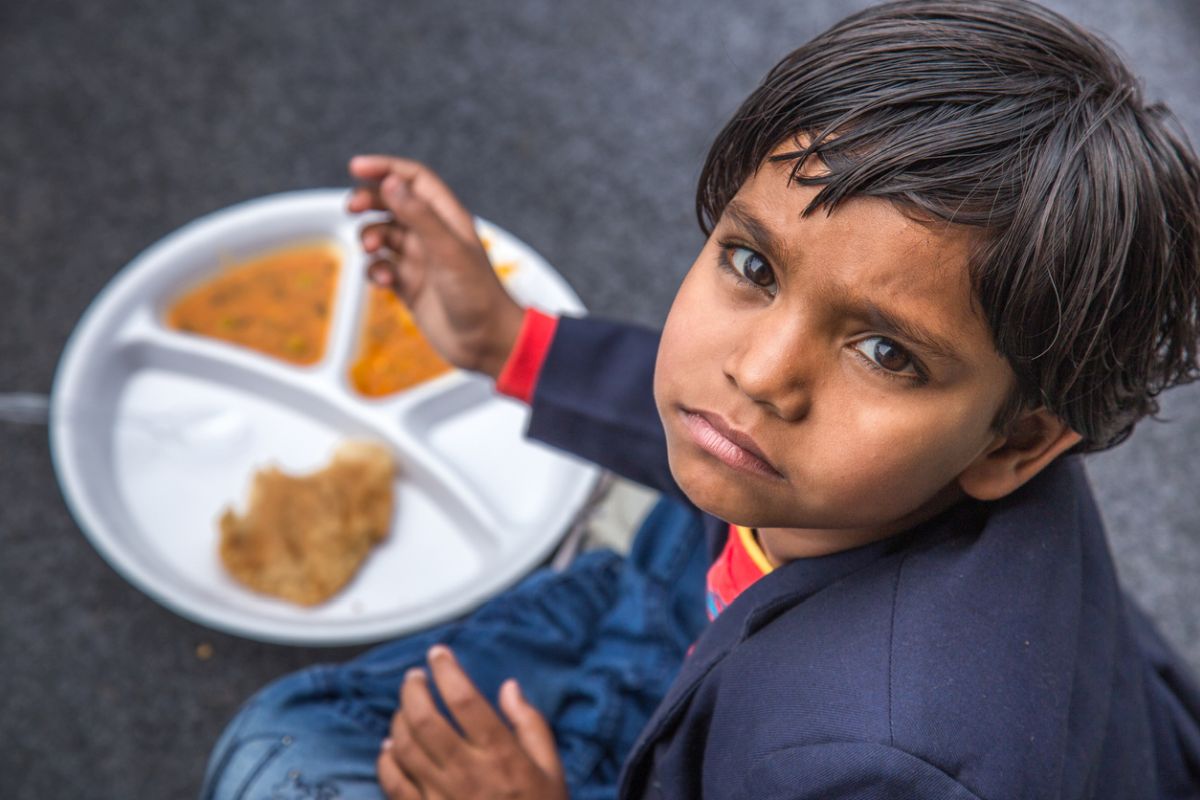MCD’s Divyang Mahotsav commences in the city
The first Divyang Mahotsav of Municipal Corporation of Delhi (MCD) kicked off here on Friday.
An Oxfam study has concluded that a third of the world’s population ~ 2.7 billion people, or to put this in context, a number twice the size of India’s population ~ did not receive any government aid during the epidemic.

(Representational Image: iStock)
Reports emerging this week suggest that the grim forebodings expressed at the start of the coronavirus epidemic were if anything understated, and the devastation wrought on vulnerable societies will be immense.
A study by a consortium of 30 international organisations, Standing Together for Nutrition, estimates that the epidemic will kill 168,000 children from malnutrition alone before any global recovery takes place.
Advertisement
The consortium includes the World Bank, the World Food Programme, UNICEF, USAID, private foundations and universities and thus must be considered an authoritative voice.
Advertisement
Most worrying is a conclusion reached by the consortium that the gains of the past decade or so to battle malnutrition may have been wiped out in the past few months. The number of stunted children had dropped from 199.5 million in 2000 to 144 million in 2019, while numbers of children suffering from wasting had reduced from 54 million to 47 million last year.
Now, the consortium’s research estimates that an additional 11.9 million will suffer from stunting and wasting, mostly in South Asia and sub-Saharan Africa, as a result of the epidemic.
These are shocking figures and ought to ignite the conscience of those who capable of intervention. While UNICEF has pledged to spend $700 million annually on nutrition programmes over the next five years, that is $224 million more than it did over the past five years, this alone will not be enough.
International aid organisations, national governments and philanthropic foundations will all have to contribute in the cause of the world’s children. This, though, is easier said than done.
An Oxfam study has concluded that a third of the world’s population ~ 2.7 billion people, or to put this in context, a number twice the size of India’s population ~ did not receive any government aid during the epidemic.
The yawning gap between wealthier and poorer countries is brought out by the finding that while the former spent $695 per person, the latter spent between $2 and $28 per person. At the same time, the aid from the wealthy to the poor dwindled leading an Oxfam official to conclude that “the coronavirus united the world in fear but has divided it in response.”
The United Nations has concluded in a separate report that the numbers of people needing humanitarian aid to meet basic needs such as food, water and sanitation will go up by 40 per cent in 2021.
Already several experts, including Nobel laureate Abhijit Banerjee, have warned that the rich-poor divide will get exacerbated by the distribution of Covid vaccines, once they are deemed viable and reach bulk production stage.
With wealthier countries having cornered supplies, the poorer ones must reconcile themselves to being last in the queue, and thus continue to be vulnerable to the ravages of disease and malnutrition. In other words, it isn’t only daily infections, recoveries and fatality rates we should worry about. The worst is yet to come.
Advertisement